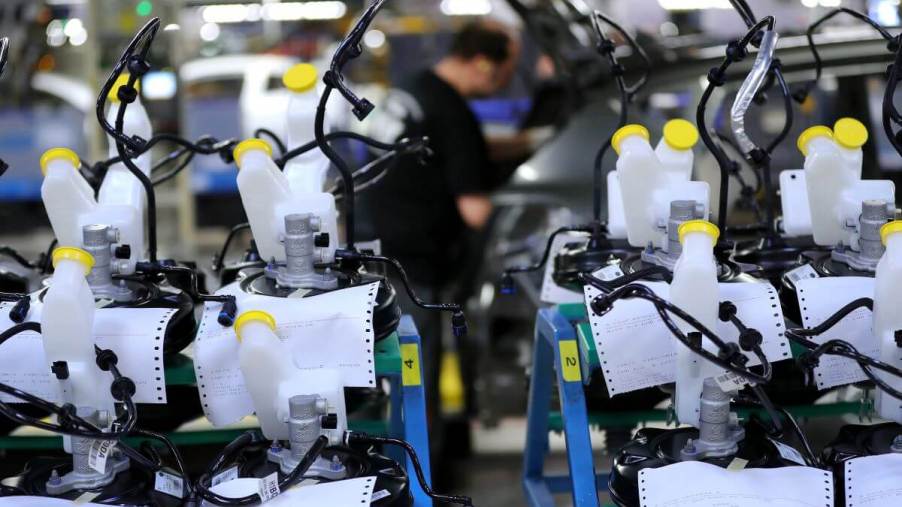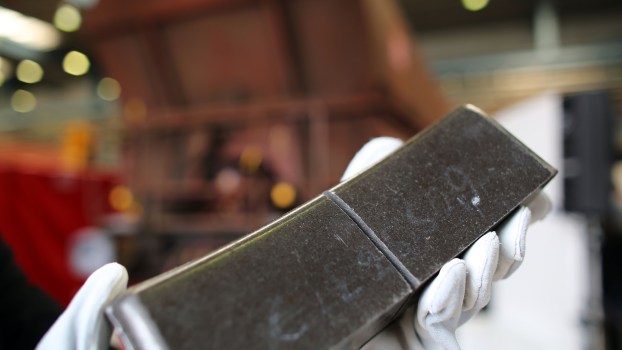
What Is a Vacuum Brake Booster?
You may have heard teams like “power brakes” and “brake booster” and wondered what they mean. While braking a car is simple, there’s more going on behind the scenes than meets the eye. Your vehicle may be equipped with a vacuum brake booster. Although it sometimes requires maintenance, this system makes your car safer and easier to drive. Let’s look at what a vacuum brake booster is and does for your vehicle and your safety on the road.
What is a vacuum brake booster?
According to How Stuff Works, a vacuum brake booster multiplies the force applied by the driver to the brake pedal. This means that it requires less effort from the driver to apply maximum force to the brakes. Compared to a manual braking system, a brake booster dramatically improves safety and performance.
A brake booster uses the car’s engine as a vacuum source. In addition to feeding air to the engine’s cylinders for the combustion process, the intake manifold also sends air to the vacuum chamber in the brake booster. Diesel engines with power brakes typically have a separate vacuum pump for this process.
A large diaphragm assembly consisting of a backing plate and a rubber diaphragm divides the brake booster into two chambers. One chamber is exposed to atmospheric pressure and connected to the aforementioned vacuum source. The other side of the diaphragm is where the brake pedal comes in.
When the driver applies pressure to the brake pedal, it exerts force through a linkage system on the diaphragm that bifurcates the vacuum brake booster. This increases the pressure in the atmospheric chamber while the vacuum source we mentioned earlier pulls from the other side.
The force generated by this vacuum system is then turned into a mechanical force to activate the brakes. The pressure is transmitted to the braking system’s master cylinder, which fills the brake lines with brake fluid. That fluid and pressure go to the brake calipers, which squeeze the rotors of your disc brakes to slow down and stop the car.
Since this process is a little hard to visualize, here’s a helpful video showing the parts involved.
Benefits of a vacuum brake booster
The most significant advantage of a modern power braking system is that more pressure can be applied with less effort from the driver, according to MotorTrend. In a manual braking system, the driver needs to use a lot of pressure with their foot to quickly slow down a car from a high speed. With power brakes, an emergency stop doesn’t require much effort.
A brake booster also allows for braking even if the engine dies. In an emergency where you need to slow down a car with a dead engine, the pressure built up in the brake booster allows for a couple of brake applications before the brakes stop working.
Does my car have power brakes?
There’s a good chance your car has power brakes. It started becoming a popular option when General Motors introduced the Hydra-Matic transmission in 1953, which included a power brake booster. Power brakes gradually got more common over the next few decades. By the 1980s, power brakes were standard on most mainstream passenger cars.
With very few exceptions, like specialized or custom-built vehicles, power brakes are now standard on every new car on the market today.



